70,000 HOUSEHOLDS PARTICIPATE IN WASTE CLASSIFICATION AND ORGANIC MEAT COMPOSTING
'G-hour' - the date of January 1, 2025 is approaching, 100% of households nationwide will have to classify solid waste at source. This is too difficult for Hai Duong when looking at the current situation of waste classification 'picture' below.
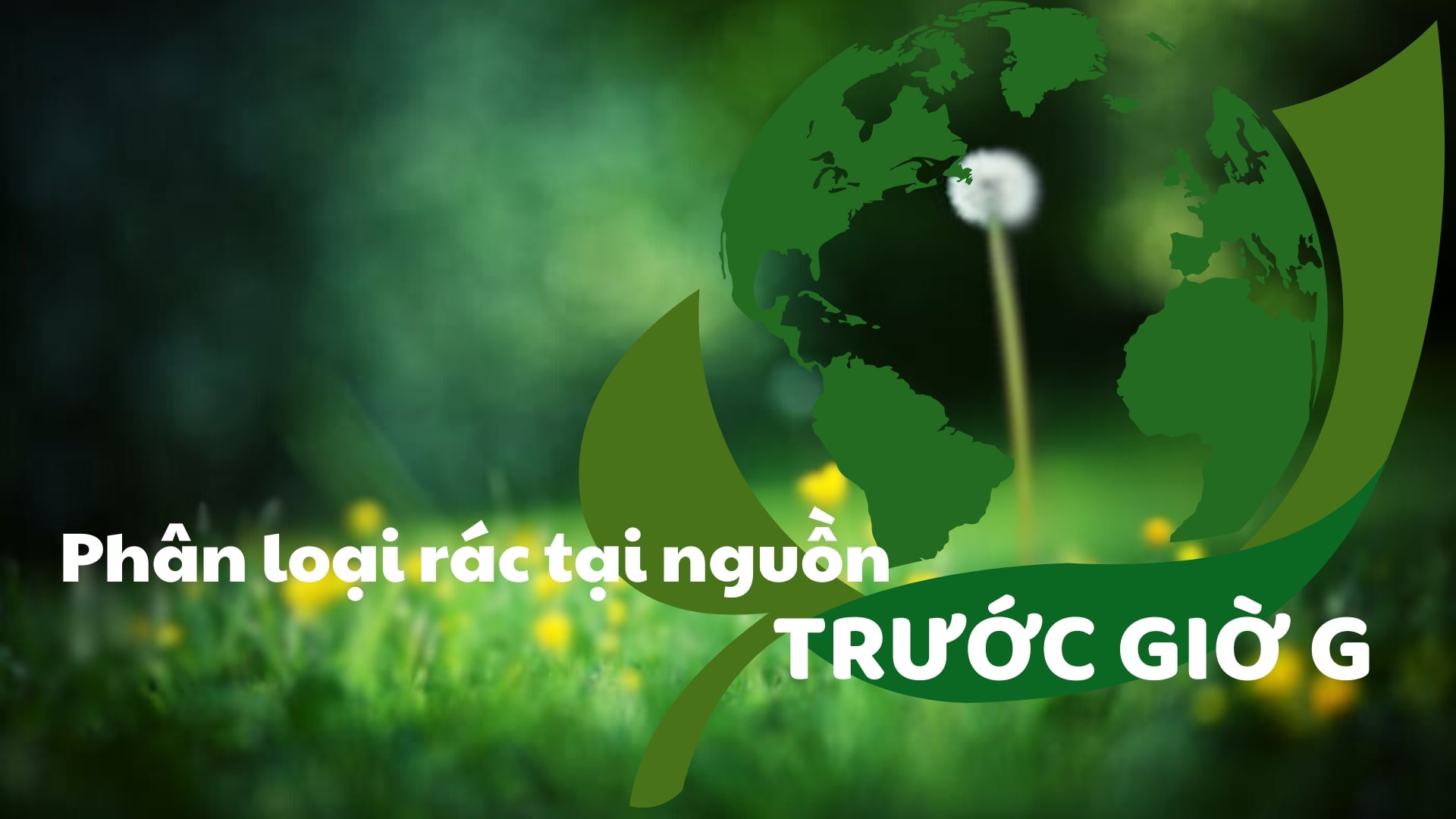
'G-hour' - the date of January 1, 2025 is approaching, 100% of households nationwide will have to classify solid waste at source. What is the current situation of waste classification in Hai Duong before "G-hour"?
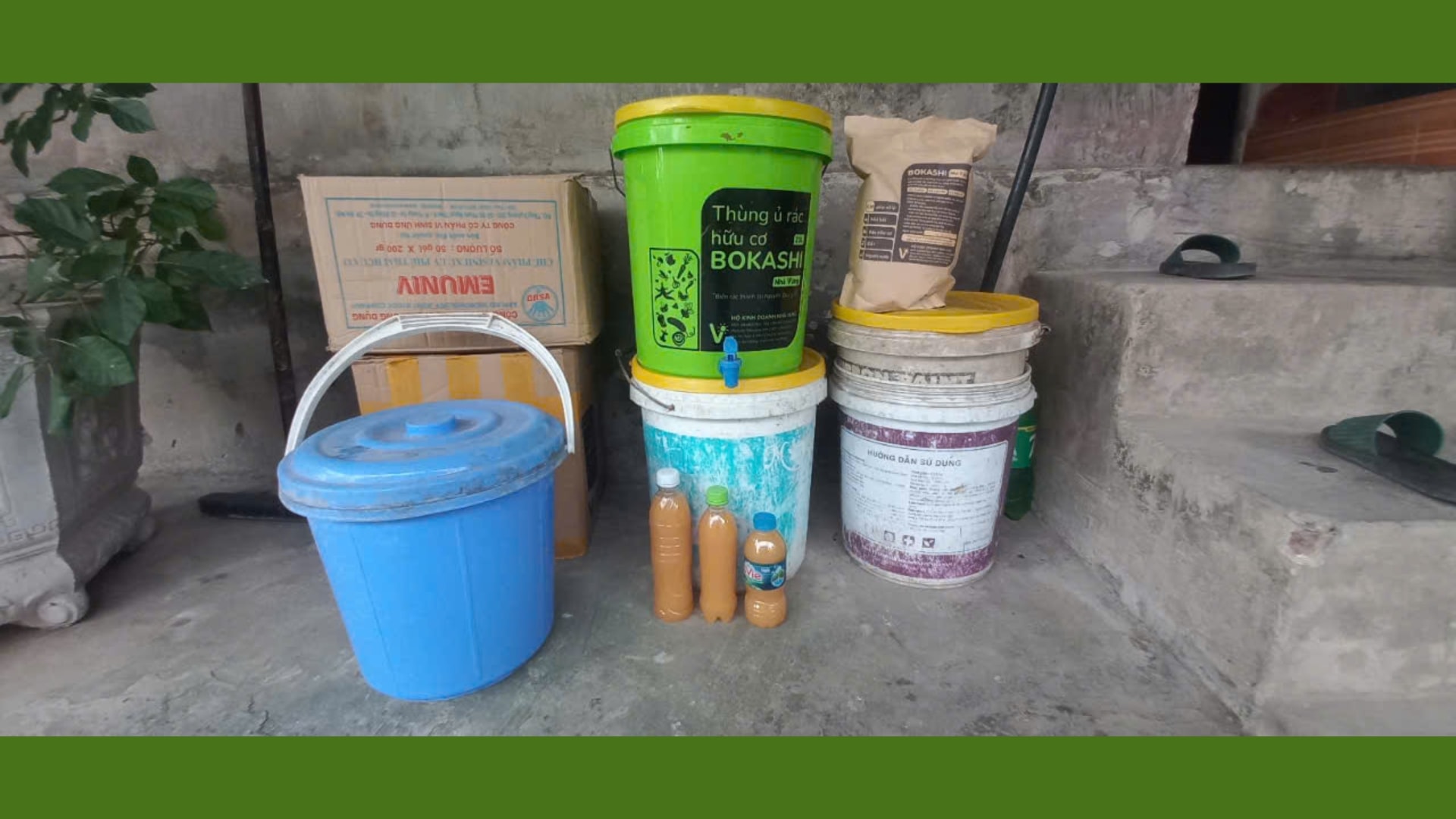
70,000 HOUSEHOLDS PARTICIPATE IN WASTE CLASSIFICATION AND ORGANIC MEAT COMPOSTING
The classification of domestic solid waste at source has been of interest for many years in Hai Duong and is specified in the Project "Solid waste treatment in Hai Duong province for the period 2021-2025, with a vision to 2030" (Solid waste treatment project) approved by the People's Committee of Hai Duong province on August 31, 2021.
Since then, the Department of Natural Resources and Environment of Hai Duong has presided over and coordinated the implementation. The entire political system from party committees, authorities to socio-political organizations and people in some localities have actively participated in implementing this project. The determination is great, the goals are clear, but the results are still quite modest.
Hai Duong has piloted the model of classifying domestic solid waste at source and composting organic waste according to the project in all communes and towns of Nam Sach with 39,581 households; 2 communes of Thanh Hai (Thanh Ha), Cam Van (Cam Giang) with 5,590 households. In addition, Binh Giang district has proactively implemented waste classification according to the project model in 2 communes of Vinh Hong and Hung Thang with 6,029 households.
Some localities have implemented the activities of associations and unions. There are 18,800 households of Women's Union and Farmers' Association members participating in waste sorting at source. Hai Duong City alone classifies waste according to the urban model, including sorting recyclable and reusable waste components and other components to reduce the amount of waste that must be treated at the factory.
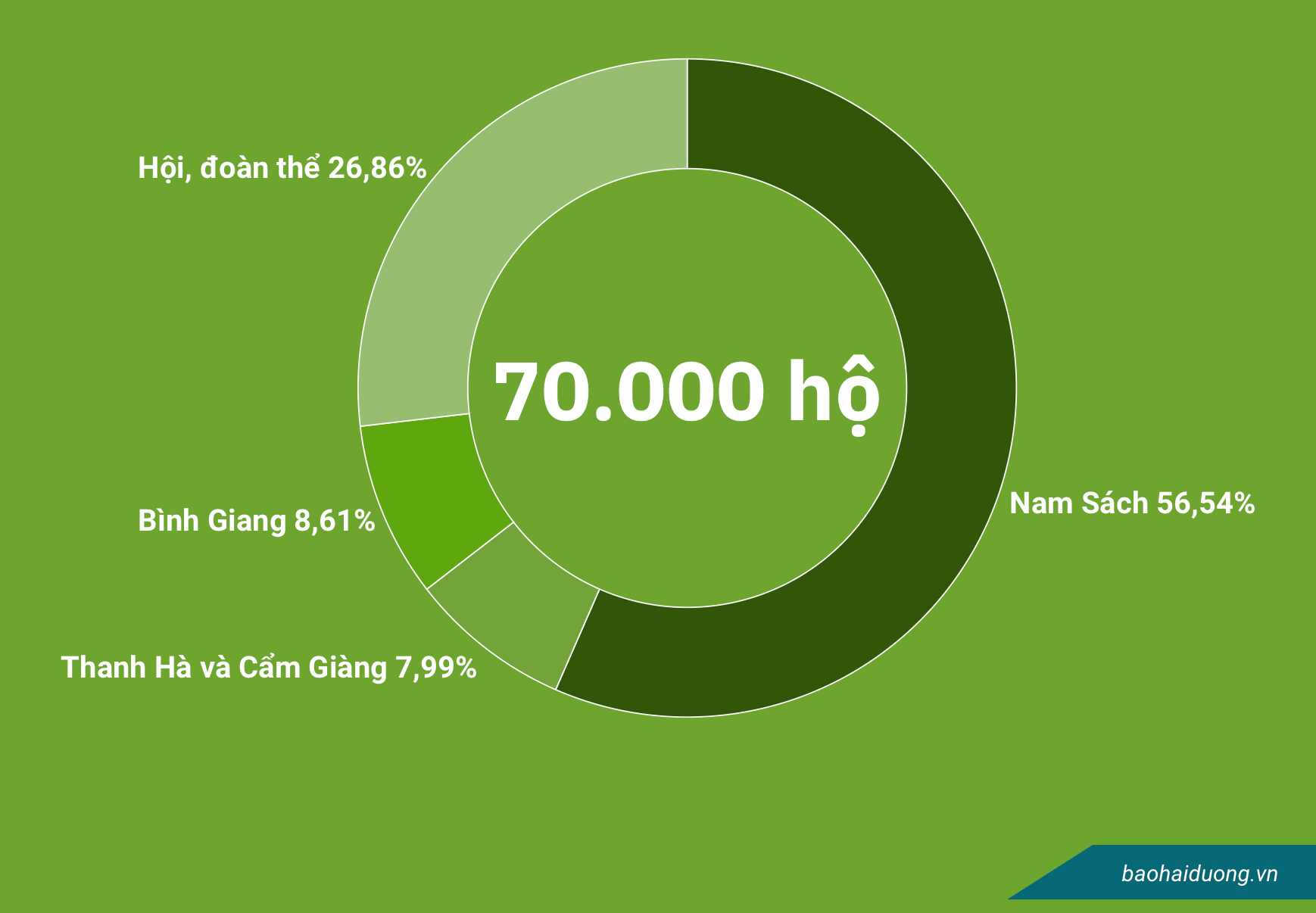
Thus, the whole province has only more than 70,000 households participating in classifying and composting organic waste, reaching 13.3% of the total number of households; after classifying and composting, the amount of waste that must be transferred to the treatment plant is reduced by 50%.
In addition, in communes that have met the model new rural standards and some other localities, recyclable waste classification has also been implemented.
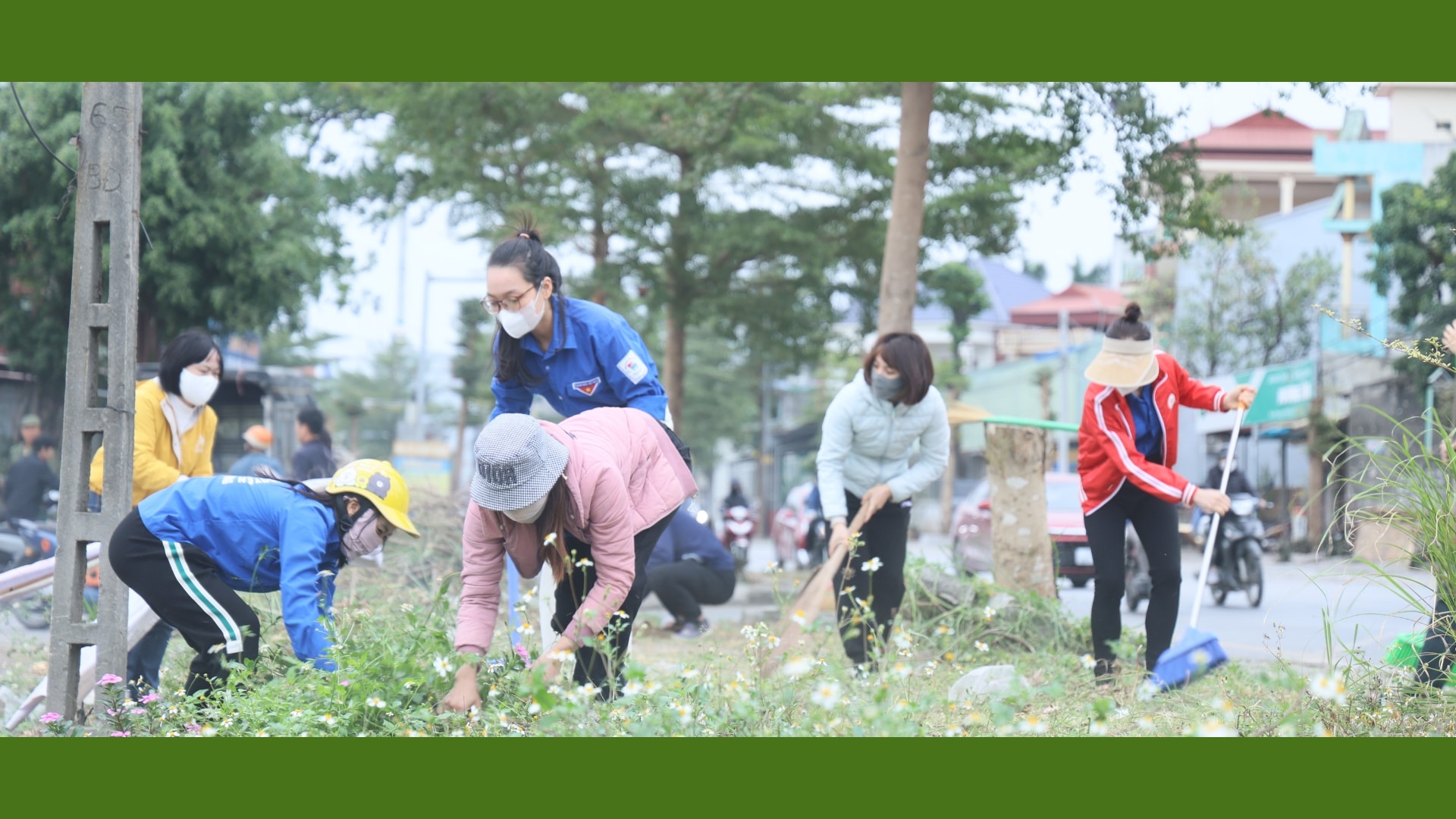
Nam Sach is the leading locality and also a typical example of Hai Duong in implementing the Solid Waste Treatment Project, especially the activity of classifying waste at source in all communes and towns.
Like many other localities, before implementing waste sorting at source, Nam Sach’s household waste was transported to landfills in the villages. However, most of these landfills were full, so burning of waste often occurred, causing environmental pollution. Not only that, there was also the situation of waste from one place being illegally dumped to another.
Faced with this situation, to ensure environmental sanitation, on March 22, 2022, the Standing Committee of the Nam Sach District Party Committee issued Resolution No. 13-NQ/HU on the implementation of classification, collection and treatment of domestic solid waste. The District People's Committee also issued a plan to implement classification, collection and treatment of domestic solid waste at source in the entire district from May 1, 2022.
At this time, the application of classifying household waste at source according to the provisions of the Law on Environmental Protection 2020 is still new, there are no technical guidelines for classification. There is no pilot model or locality nationwide implementing waste classification at the commune or district level, but only piloting in a residential area or a number of households. This is also a difficulty for Nam Sach and the localities taking the lead in implementation.
However, determined to do it, Nam Sach has invested in synchronous infrastructure to serve waste classification activities. The locality has invested in building 44 organic waste composting cells with 120 compartments and 21 collection and transfer points for inorganic waste, with a total cost of 11.3 billion VND.
According to the project, 1-2 villages and residential areas are expected to have 1 transfer point, but to facilitate management and operation, each commune in Nam Sach will arrange 1-2 transfer points; each transfer point combined with composting will have a support budget of more than 50 million VND, in reality, the district will spend about 350 million VND on each point.

In Nam Sach, to increase the efficiency of waste classification, inorganic waste collection vehicles are regularly inspected.
Some types of waste are collected and sold as scrap.


Nam Sach has implemented the classification of organic components for composting in rural areas and urban areas, namely Nam Sach town. After classification, organic waste (easily decomposable and difficult to decompose) accounts for 52.6%, recovered and recycled waste accounts for 7.2%, inorganic waste and other types account for 40.2%. Of which, the amount of inert waste used as landfill material, treated on-site will be left in the locality, the amount of inorganic waste is transported and treated at the factory.

All 2,512 households in Cam Van commune (Cam Giang) have also classified waste at source. Of these, 380 households classified and composted food waste at home, accounting for 15.1% of the households that classified; 2,132 households composted food waste at centralized composting sites, accounting for 84.9%.
The commune also built a 6-compartment organic waste composting cell, a collection point, and a transfer point for inorganic waste. The cost of building the composting cell was 60.3 million VND, renovating the landfill to make a composting cell, and expanding the road to the transfer point was 993.843 million VND. Cam Giang district supported the commune with biological products at a cost of 115 million VND. Households were provided with 3-compartment waste sorting bins, and the Commune Women's Union provided 200 organic waste composting bins with IMO products for households to use as fertilizer for their plants.
Food waste after being classified and composted accounts for 30%, inorganic waste after being classified accounts for 60%, the remaining 10% is other types of household waste such as tables, chairs, broken wooden furniture...
Domestic waste of Cam Van commune has been collected, gathered at one location and transported and processed at the factory. The collection rate of domestic solid waste in the whole commune has reached 95%.
Currently, the garbage collection rate in Thanh Hai commune (Thanh Ha) has also reached 100% after implementing a pilot model of waste classification at source in all households. Of which, the amount of food waste after classification is composted 31.7%, inorganic waste after classification 66.8%, other household waste (bulky waste and hazardous waste) accounts for 1.5%.
Thanh Hai Commune has built a 7-compartment organic waste composting cell, 2 collection and transfer points for inorganic waste; distributed 3-compartment waste sorting bins, supported biological products, and household compost bins for families to compost organic waste. The locality also installed 4 surveillance cameras at inorganic waste collection points, the commune's concentrated organic waste composting area, and the discontinued waste collection point to promptly detect violations. The total cost of implementing the model is more than 2.4 billion VND.
In addition, Thanh Hai commune also implemented the initiative "Reducing air pollution caused by open burning activities, thereby reducing negative impacts on the ecosystem and public health" from the Environmental Pollution Reduction Project of the CECoD-Nhan Van-DLCorp Joint Venture.
The initiative to organize the classification and composting of humus using compost bins in 200 households in Tien Vy village has brought about remarkable results. The products after composting include diluted leachate used to water vegetables, and the composted humus used to fertilize fruit trees. The remaining households compost by digging holes in the garden.
In addition to the above localities, up to now, two communes, Vinh Hong and Hung Thang (Binh Giang), have also implemented the model of classifying and composting concentrated organic waste following the model of Nam Sach district.
Thanks to that, the total landfill area has been reduced by 90%, each commune only needs nearly 1,000 m2to process waste for the whole commune. The amount of waste to be processed has decreased significantly, the two communes above have closed 4/8 landfills (each commune closed 2 landfills).
Local pollution at landfills in the two communes has also been basically resolved. The volume of sorted waste that must be transported and treated at the factory has decreased by 35-50% compared to unsorted waste.
In addition to the above localities, up to now, 12 districts, towns and cities have issued plans to classify domestic solid waste at source and plans to implement the Solid Waste Project in the area.
.jpg)

Currently, urban areas are facing many difficulties in implementing waste classification at source due to limited space, making it impossible to apply models like the above localities.
In 2024, Hai Duong City will implement the Project "Classifying household waste and recycling food waste after classification in Hai Duong City". Accordingly, solid waste is classified into 5 types: waste that can be reused and recycled; hazardous waste; bulky waste; inert waste and remaining waste.
In which, waste can be reused and recycled; inert waste is kept locally, reducing the amount of waste that must be treated by incineration. The city is implementing classification in 8 wards and communes: Gia Xuyen, Ngoc Son, Tan Hung, Tien Tien, Lien Hong, Thach Khoi, Quyet Thang, Tu Minh.
The above classification is suitable for urban areas; it does not change much people's classification habits as well as the methods of collection, transportation, processing and investment in equipment for classification activities.
However, this has not been implemented in accordance with the 2020 Law on Environmental Protection, which stipulates that food waste components must be classified and treated separately; the reduction rate of waste volume that must be transferred to the factory for treatment is not large. According to the preliminary assessment of Hai Duong City, the rate of waste volume transferred to the new treatment plant has only been reduced by about 10-15% compared to the time when classification had not been implemented.
To handle the huge amount of waste discharged daily, one of the fundamental solutions is to build a waste treatment plant. However, this is still facing many difficulties in Hai Duong.
Based on the planning locations and reference results of other provinces, the Department of Natural Resources and Environment has coordinated with the Provincial People's Committee to propose to the Provincial Party Standing Committee to consider attracting an additional factory with waste-to-energy technology in Viet Hong commune (Thanh Ha) invested by APT-Seraphin Hai Duong Environmental Joint Stock Company.
The project has been approved by the Provincial Party Committee. However, due to the nature of the large investment capital and the project to increase capacity and change technology of the existing waste treatment plant project, the investor must carry out a number of technology transfer cooperation activities, procedures for project adjustment... so the progress is still slow.
Currently, the investor has completed the project investment proposal, the Department of Planning and Investment is submitting it to the Provincial People's Committee for approval. The project is expected to be invested and constructed in 2025, and put into operation after 18 months of construction.
Despite great efforts, last year, Hai Duong only reduced 9 landfills compared to 2023. The whole province still has 606 landfills, with a total volume of buried waste of about 2.6 million tons.
.png)
Of these, 384 landfills are in operation; 222 landfills have stopped operating. Of the currently operating landfills, 78 have a filling rate of less than 50%, 177 have a filling rate of 50-70% and are still able to receive waste, and the remaining 129 have a filling rate of over 70%.
As long as these landfills exist, the environment will continue to be polluted. In fact, many places do not properly treat these landfills, and burning garbage day and night still occurs, causing environmental pollution and affecting people's health.


Decree 45/2022/ND-CP on administrative sanctions for environmental violations stipulates that after December 31, 2024, people who do not classify household waste can be fined from 500,000 to 1 million VND.
According to the Law on Environmental Protection 2020, localities must classify household waste from January 1, 2025.
Achieving the above goal is very difficult. “To achieve it, it requires the decisive participation of Party committees, authorities, and organizations from the province down to villages, residential areas, branches, and associations. In fact, only where the authorities and leaders are decisive and the people agree will this be successful,” said Mr. Duong Van Xuyen, member of the Provincial Party Committee, Director of the Department of Natural Resources and Environment, and former Secretary of the Nam Sach District Party Committee.
In order to implement the project in the province synchronously and effectively, the Department of Natural Resources and Environment has proposed that the Provincial People's Committee speed up the construction of the province's centralized waste treatment plant; and implement the classification of domestic solid waste at source throughout the province.
Continue to strengthen communication work, raise awareness of the community about environmental protection in source classification, collection, transportation and treatment of domestic solid waste to maintain and improve the quality and efficiency of source classification activities.
The general budget allocation to the district level for the management and treatment of domestic waste is based on criteria of location and waste volume generated so that localities can proactively apply models of classification at source. At the same time, invest in completing the infrastructure for collection and classification, apply management methods, and minimize waste generation in accordance with the actual conditions of each locality to effectively meet the following classification: rural areas reduce at least 50%, urban areas that do not classify food waste reduce at least 15% of the amount of waste that must be transferred to the treatment plant.
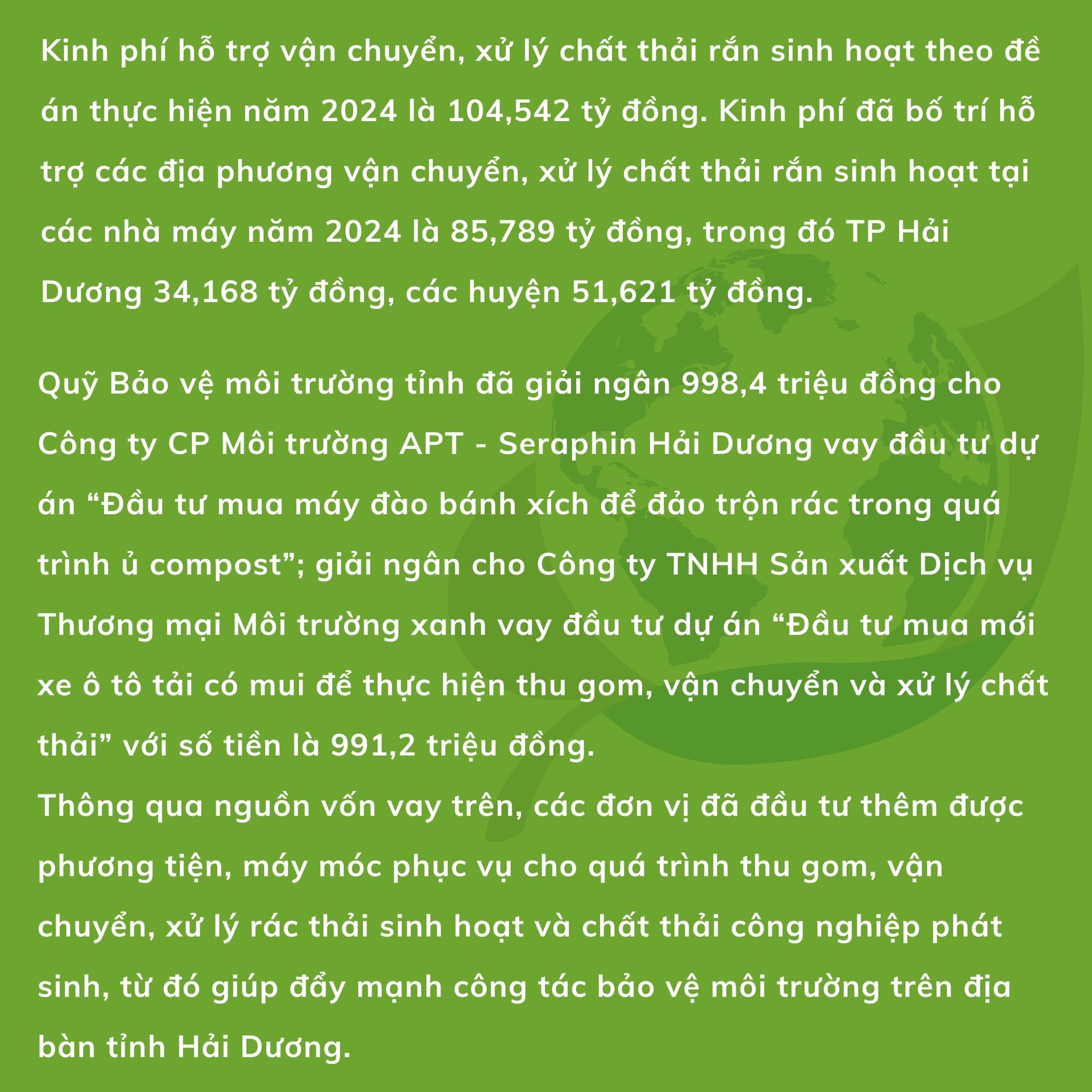
Strengthen inspection and supervision of solid waste classification at source, collection, transportation and treatment in the province. Issue service prices for collection, transportation and treatment of domestic solid waste. Implement projects to clear land for solid waste treatment area planning in the province.
Inspect, review, and develop a roadmap to move industrial waste treatment plants that do not ensure environmental distance to the province's solid waste treatment planning area...
Perform:BANK HANH - HA KIEN
The work uses video material ofDUONG HOA